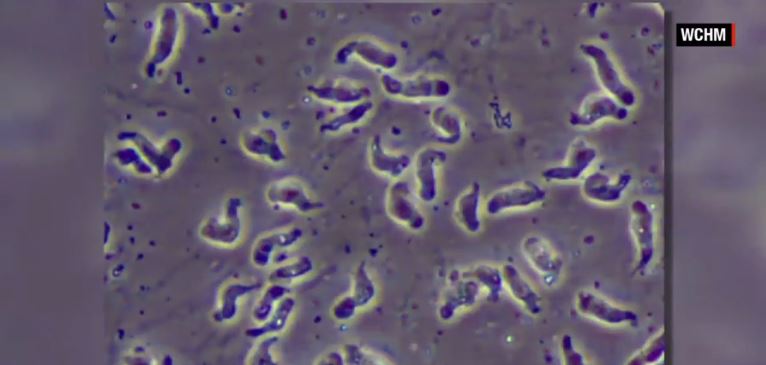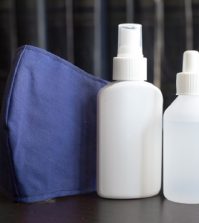- Study Says Most Parents Don’t Use Car Seats In Ride Share Vehicles Like Uber
- This 12-Year-Old Boy Is A Sophomore Aerospace Engineering Major!
- Fire Safety Experts Warn Of Hand Sanitizer Danger After A Mom and Kids Escape House Fire
- Recall Alert: Peaches May Be The Cause Of Salmonella Outbreak, 68 People Ill
- Summer Vacation In The Days Of COVID: Tips To Stay Safe
- How To Safely Grocery Shop During The Coronavirus Pandemic
- Michigan Teen With Vape-Related Illness Undergoes Double Lung Transplant
- Teen Kicks Off Anti-Vaping Campaign From Hospital Bed
- Teenager Receives Life Sentence For Strangling Sister To Death Over A Wi-Fi Password
- Toddler Falls To Death From 11th Deck of Cruise Ship
This Brain Eating Amoeba Is Terrible! Here`s How To Prevent


An Ohio teenager died last week from a terrifying cause: A suspected brain-eating amoeba.
Wait, what?
Lauren Seitz, 18, of Westerville, passed away on June 19 as a result of primary amebic meningoencephalitis, reports Fox 26 News.
Primary amebic meningoencephalitis is an infection caused by Naegleria fowleri, according to the U.S. Centers for Disease Control and Prevention (CDC.)
This amoeba can be found naturally in warm lakes during summer months — and infection typically happens when people go swimming or diving in warm freshwater places. While it doesn’t result in illness if swallowed, the organism can be deadly if is forced up the nose.
This tragic death — coming just weeks after the young woman graduated from high school — happened after she visited the U.S. National Whitewater Center in Charlotte, North Carolina. Seitz had been rafting with others from her church group, according to Fox 26 News. During this trip, the raft in which she was riding had overturned. This is the only underwater exposure known in her case.
Fewer than 10 cases of primary amebic meningoencephalitis have been reported each year in the U.S. in the past 53 years, according to the CDC. There are actually two stages to the infection: Stage one includes a severe frontal headache, fever, nausea and vomiting. Stage two brings a stiff neck, seizures, altered mental status, hallucinations and coma. The condition is almost always fatal.
Even though the chances of a brain-eating amoeba being forced up a person’s nose are extremely low, there are a few precautions parents can take when swimming in warmer areas where the infection has been more common:
- Limit the amount of water going up your nose. Tell kids to hold their noses shut, use nose clips or keep their heads above water when taking part in warm freshwater-related activities.
- Avoid water-related activities in warm fresh water during periods of high water temperature and low water levels.
- Avoid digging in, or stirring up the sediment while taking part in water-related activities in shallow, warm fresh water areas.








Yvette Arana
June 27, 2016 at 4:54 am
Marlene Sosa